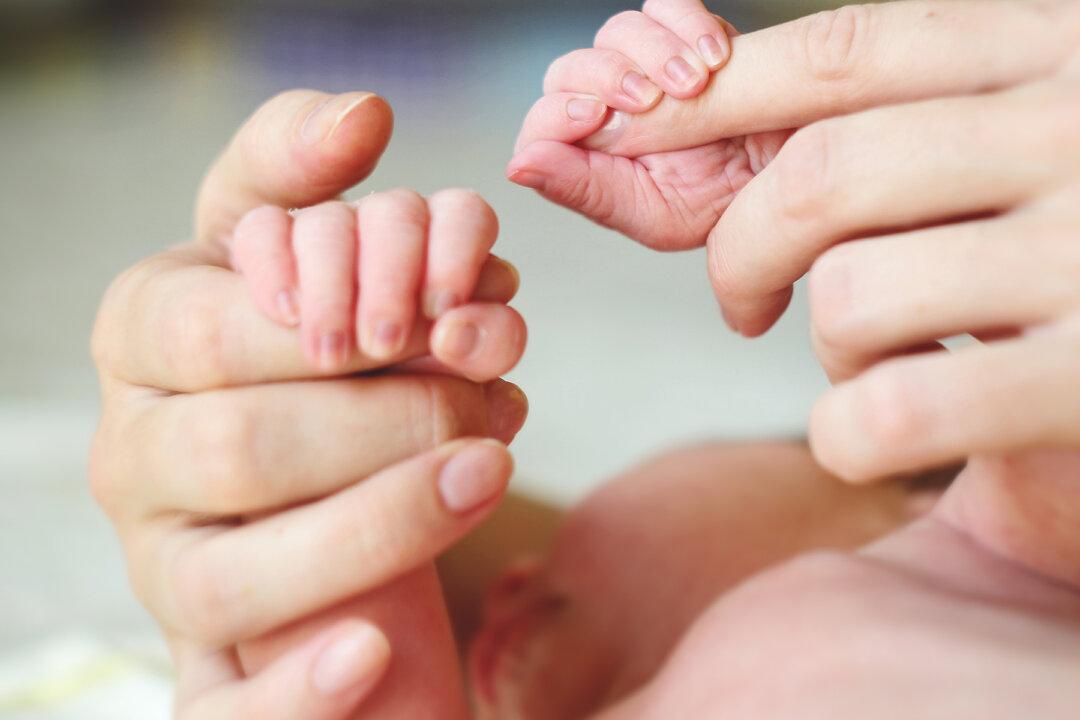A midwife from England discovered that an assistant she is training was delivered by her 19 years ago.
Laura Woffendin from Pontefract, England, said she always wanted to work in the medical field as her grandmother was a midwife. Other family members were nurses.





